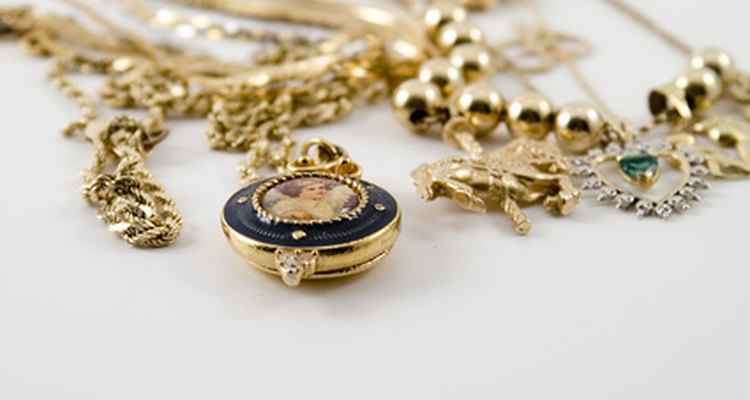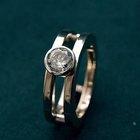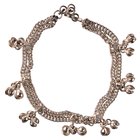
Whether you design and produce your own jewelry for resale or have a private stock you would like to organize, keeping a detailed inventory will make your collection more manageable. Numbering jewelry inventory by using abbreviations and numbers that represent different aspects of each piece being cataloged, will allow you to keep track of the amount and varieties of the jewelry in your possession. Consider the details that are most important to track and devise an identification numbering system utilizing those markers.
Designate a letter that corresponds to the type of jewelry you are attempting to inventory. For example, "b" would be for bracelet, "n" would be for necklace, "r" for ring and so on. This will make up the first portion of your identification number.
Use an abbreviated form of the material used to make the jewelry. If you are cataloging a sterling silver necklace, the number thus far should be NSS, with the SS representing sterling silver.
Follow the material abbreviation with a number that represents the date the item was created. A gold filled ring that was made on October 1, 2009 would be identified as RGF100109.
Keep track of the amount of jewelry by adding a sequential number after the date. Place a dash before the number to make it easier to differentiate from the date. A platinum bracelet made on March 14, 2010 that was the sixtieth piece to be inventoried would have an identification number of BPL031410-60.
Add a section of identification that represents another item you would like to track, such as color.
Related Articles

How to Read Fine Silver Jewelry Marks ...

How to Buy Jewelry in Vietnam

What Is Stainless Steel Jewelry?

How to Identify Nike Style Number

Procedures for Counting Church Offerings

How to Tell If It's Gold Filled or ...

What Does 585 Mean on Gold?

How to Evaluate Invicta Watches

How to Date Vintage Nike Shoes by the ...

Ideas for a 31st Year Anniversary Gift

How to Shorten Bracelet Chains

How to Identify Your Tissot

How to Identify Unmarked Jewelry

How to Obtain a Choctaw Indian Roll ...

How to Address an Envelope to Ghana

How to Date a Seiko Watch

How to Identify a Knockoff LeCoultre ...

How to Find Out How Much a Rolex Watch ...

What Is 21K Gold?

How to Create a Class Reunion Database
Writer Bio
April Ort began writing in 2007. he has more than 15 years experience in the financial industry, has held a travel agent license and has interviewed a variety of celebrities. Ort is currently working in the health-care industry as an operational trainer and completing her Bachelor of Science in communications with a focus on journalism.
Photo Credits
jewerly image by Photoeyes from Fotolia.com